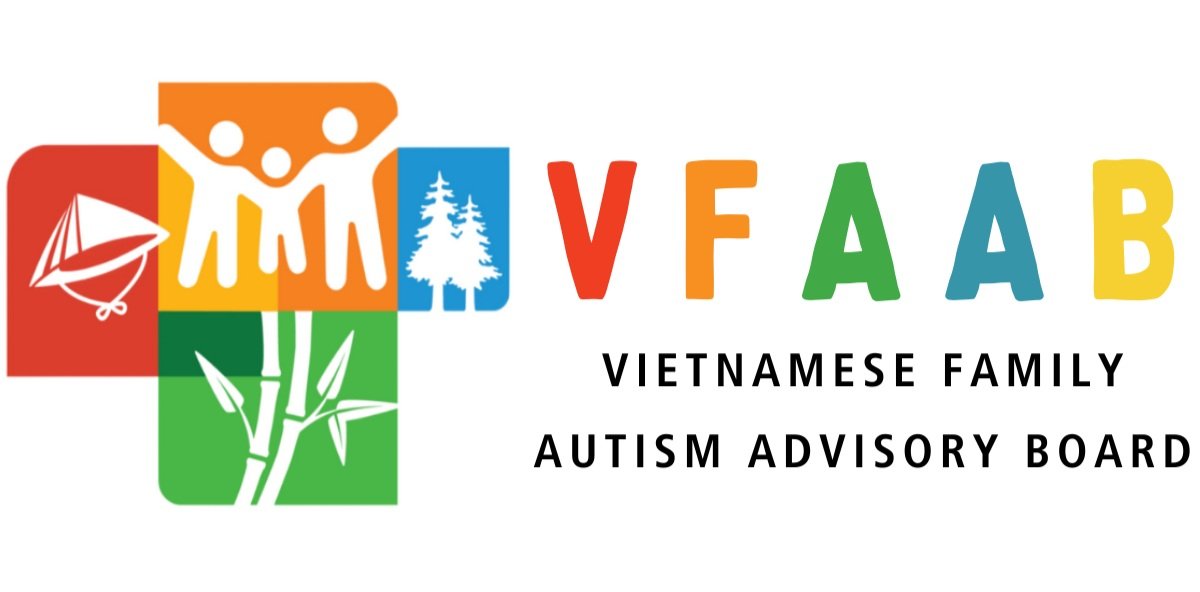
What is Autism?
Autism Spectrum Disorder (ASD) is a complex developmental disorder that varies in symptoms and severity by person. Read answers to common questions about ASD here.
Content written by Dr. TK Brasted who leads HopeCentral’s autism diagnostic evaluation team and supports the physicians in the delivery of behavioral health services within the context of primary care.
What is Autism?
Autism spectrum disorder (ASD) is a neurodevelopmental disorder, marked by deficits in social communication and interaction skills, as well as the presence of repetitive or stereotyped patterns of behavior. ASD symptom presentation and the severity of symptoms varies quite a bit from one individual to the next. A common refrain among members of the autism community is that, “if you have met one person with autism, then you have met one person with autism.” Nevertheless, ASD has some defining features.
What are the Defining Features of Autism?
The American Psychological Association’s Diagnostic and Statistical Manual of Mental Disorders – Fifth Edition (DSM-5) specifies that ASD is comprised of two groups of symptoms: (1) Deficits in back-and-forth social interaction and communication skills and (2) the presence of restricted, repetitive, or stereotyped patterns of behavior, interests, and activities. ASD is only diagnosed when both sets of symptoms are present.
There are three subcategories of symptoms within the social interaction and communication group. To meet the diagnostic criteria for ASD, an individual must be exhibiting “persistent deficits” in each of the following:
Social-emotional reciprocity
Nonverbal communicative behaviors
Developing and understanding relationships
To meet the diagnostic criteria for ASD, an individual must also be displaying at least two of the following four subcategories of stereotyped patterns of behavior:
Stereotyped or repetitive motor movements (e.g., hand flapping), uses of objects (e.g., lining up toys), or speech (e.g., repeating the same word over and over)
Inflexible adherence to routines or ritualized patterns of behavior
Fixated interests (e.g., an all-consuming interest in trains)
Sensory sensitivities (e.g., being over-sensitive to sounds)
What Other Features are Associated with Autism?
Though not part of the diagnosis of ASD, there are a number of issues that children with autism may experience.
Speech delays
Balance and motor coordination problems
Intellectual disabilities
Problems with attention and impulse control
Sleep disorders
Gastrointestinal problems (e.g., chronic constipation)
Restrictive eating habits
Behavioral problems (e.g., self-harm, tantrums)
Anxiety or depression
Seizure disorders
What are the Causes of Autism?
We still have a lot to learn about what causes autism, but there are a few things we know right now. Through identical twin studies, we have learned that genetics are a contributing factor of autism. When one identical twin is known to have ASD, the likelihood that the other twin also has ASD is about 77%. When compared to the rate of ASD in the general population – which the Center of Disease Control (CDC) currently estimates to be about 1.7% - the above finding clearly indicates that genetics is at play. However, if autism was a purely genetic condition, we would expect the prevalence among identical twins to be 100%. The fact that it is not suggests that other factors in addition to genetics are needed to impact brain development in a manner that results in ASD.

